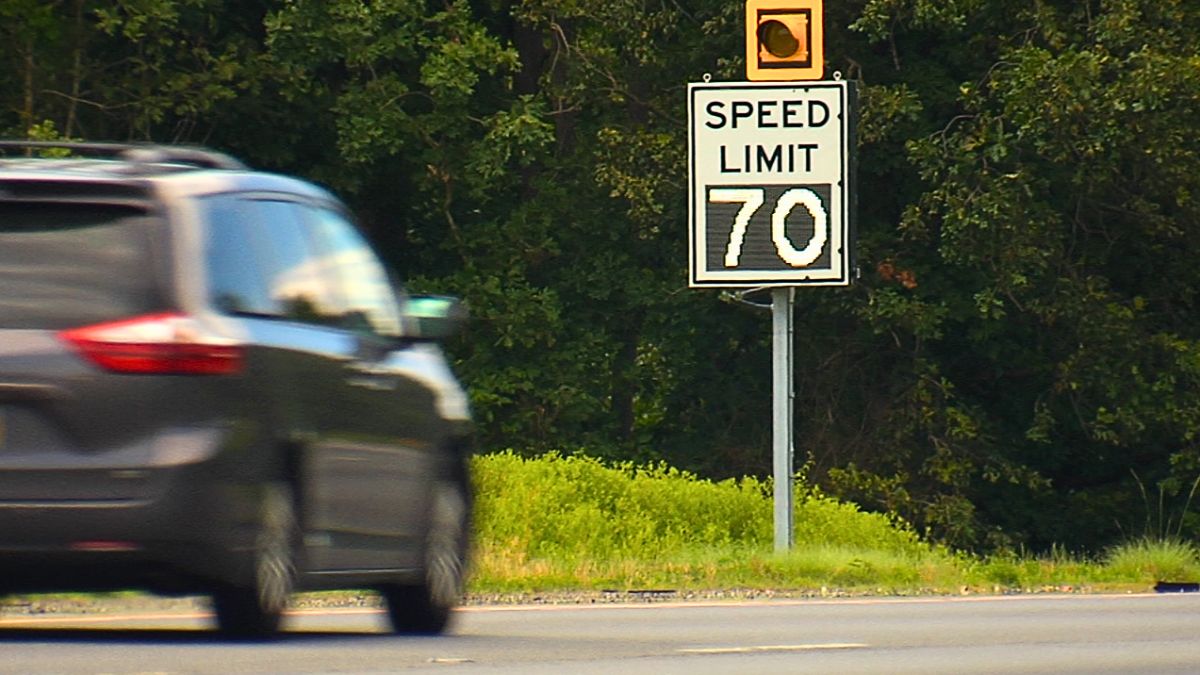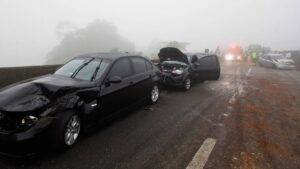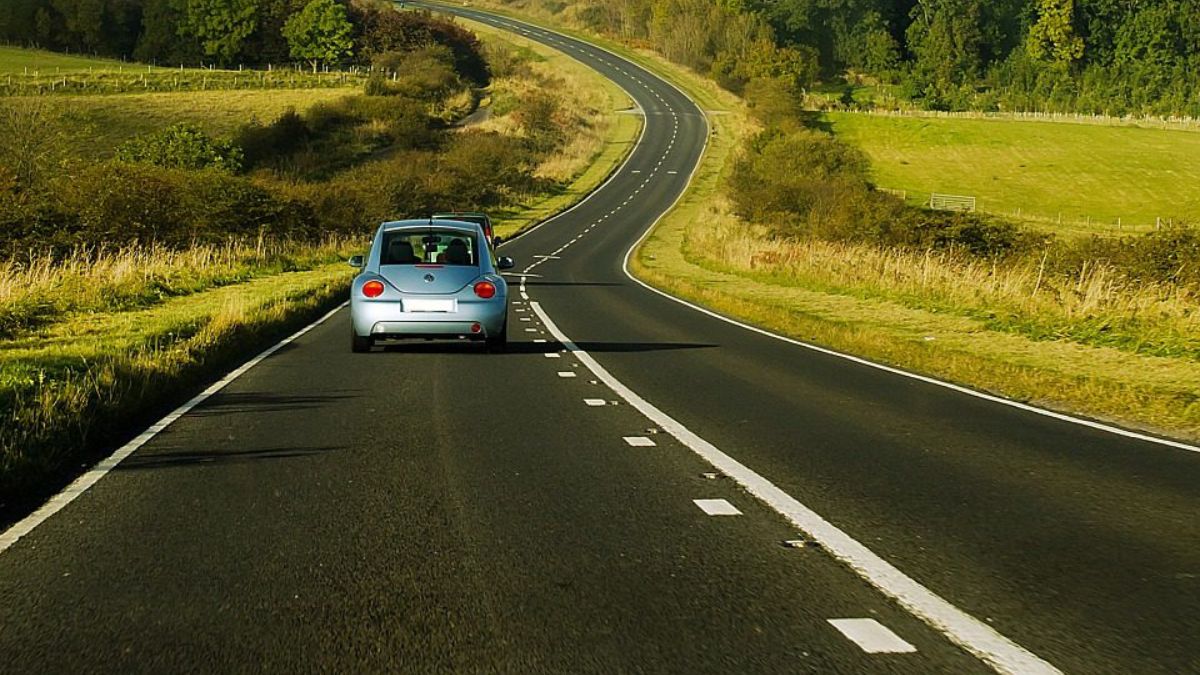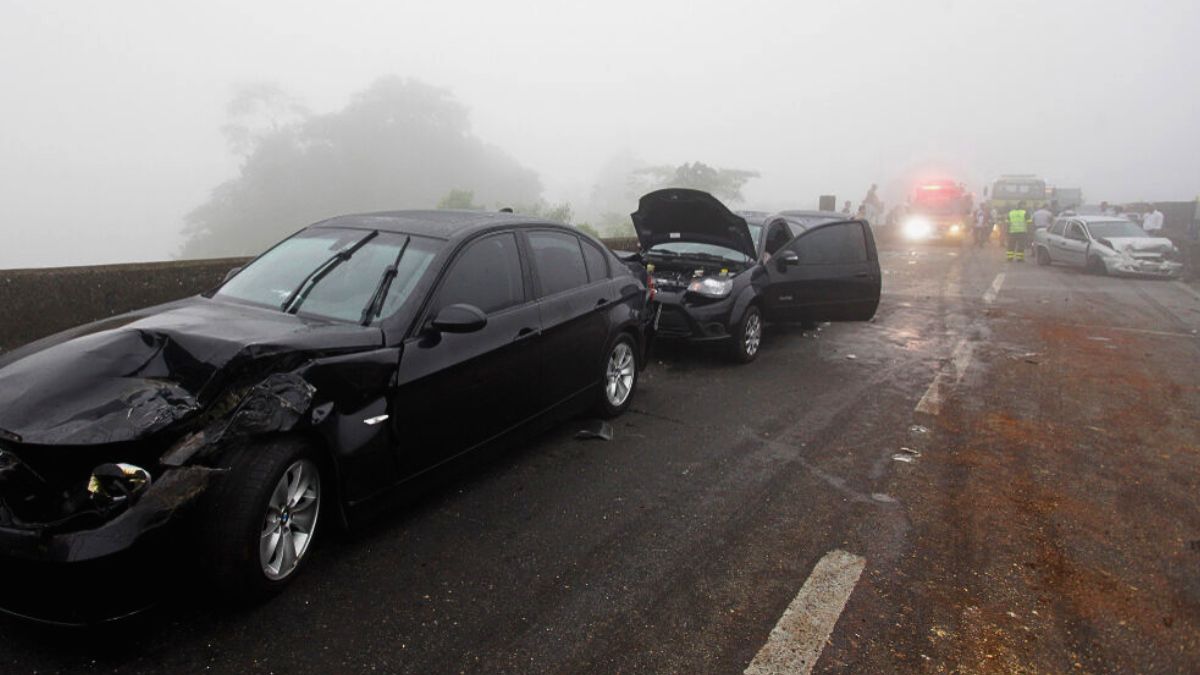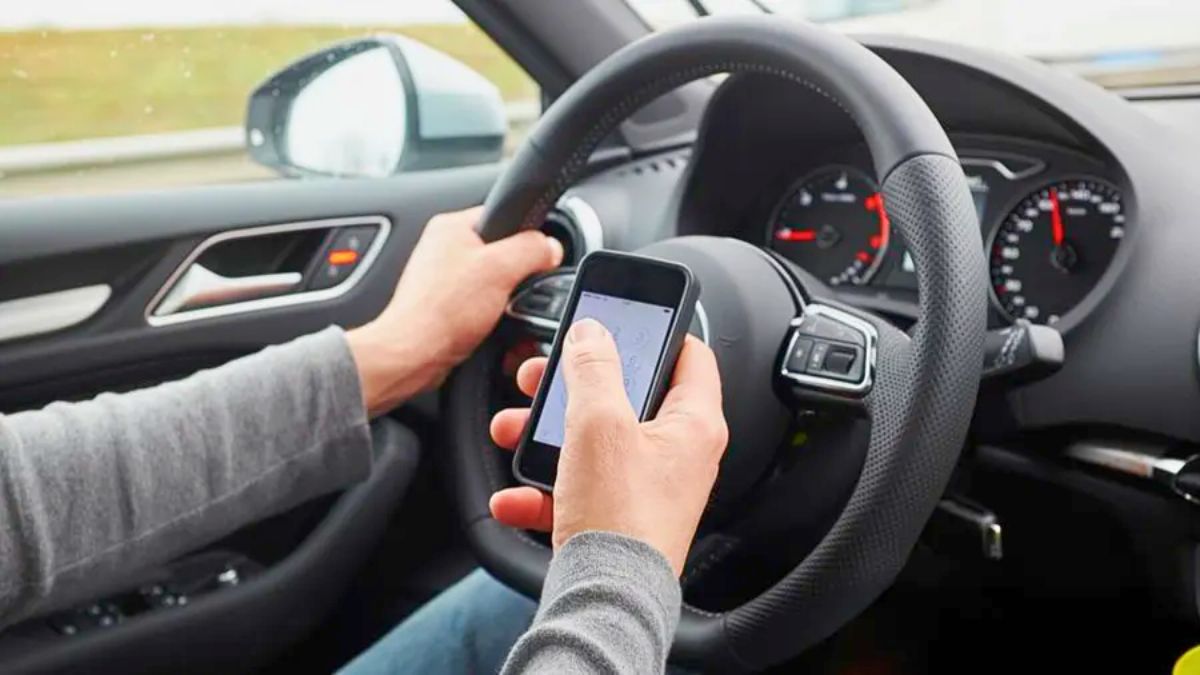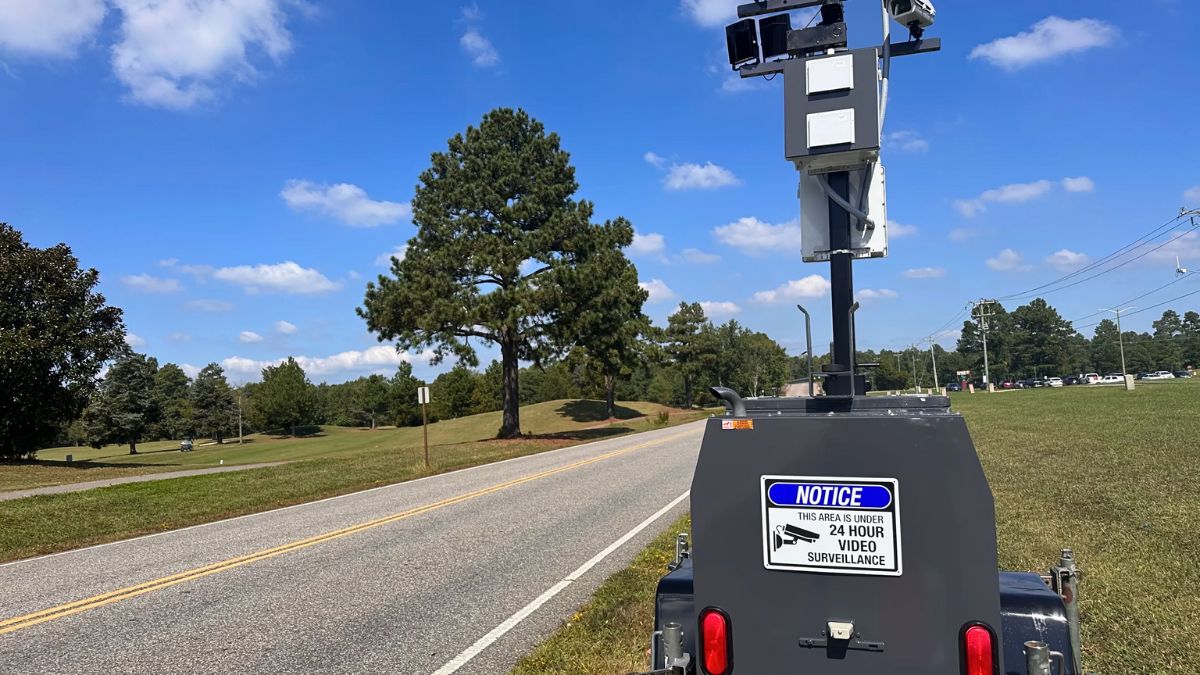Ever wonder why the speed limit is 55 on one stretch of highway and 25 just around the corner? It’s not random. In Virginia, speed limits are set based on a mix of science, safety, and state law. And if you think it’s just about slowing you down, think again. Knowing how speed limits are set—and why they matter—can actually make you a smarter, safer driver.
Process
So, how does Virginia decide what the speed limit should be on a specific road?
It starts with a speed study. The Virginia Department of Transportation (VDOT) or local authorities collect data—like how fast drivers are already going, traffic volumes, accident reports, and road conditions.
One big rule they use is the 85th percentile rule. That means they set the speed limit based on the speed that 85% of drivers are traveling at or below under normal conditions. It’s a sweet spot that balances safety and reality—because most people drive at a speed that feels right for the road.
If it’s a residential area or school zone, though, safety takes top priority. Lower speed limits are set regardless of how fast people want to drive.
Types
Virginia doesn’t have a one-size-fits-all speed limit. Here’s a quick breakdown:
| Road Type | Default Speed Limit |
|---|---|
| Interstate highways | Up to 70 mph |
| Rural roads | 55 mph |
| Business/residential zones | 25 mph |
| School zones | 15-25 mph (during hours) |
Local governments can propose changes, but those changes must be backed by data and approved by VDOT.
Safety
Why does it matter? Because speed limits save lives.
Higher speeds mean less reaction time and more severe crashes. According to studies, even a 5 mph increase can lead to significantly higher fatality risks in a crash.
Setting realistic, consistent speed limits encourages better traffic flow and fewer accidents. On the flip side, if speed limits are too low or feel arbitrary, people ignore them—leading to unsafe driving patterns and more police enforcement.
Enforcement
In Virginia, speed limits are strictly enforced. The state uses radar, speed cameras (in some zones), and police patrols. Go even 10 mph over the limit in certain zones, and you could face hefty fines or reckless driving charges.
Especially on interstates or in school zones, enforcement is intense. And Virginia is one of the strictest states when it comes to excessive speeding—20 mph over the limit or anything above 85 mph can land you with a criminal charge.
Change
Can speed limits change? Absolutely.
If a community believes the current limit is unsafe—or just plain wrong—they can petition the local government. If there’s enough concern, VDOT may conduct a new speed study and possibly adjust the limit.
These changes happen more often than you’d think—especially after new construction, increased traffic, or accident spikes.
So next time you see a speed limit sign, know that it wasn’t just slapped on the post at random. It’s likely the result of a full-blown analysis—and yes, your safety is at the heart of it.
FAQs
Who sets speed limits in Virginia?
VDOT and local governments set them using traffic studies.
What is the 85th percentile rule?
It’s the speed most drivers travel safely—used to set limits.
Can speed limits change over time?
Yes, based on updated traffic studies or local concerns.
Is speeding a crime in Virginia?
Yes, excessive speeding can lead to a reckless charge.
Why are school zones slower?
To protect kids—safety always takes priority there.
